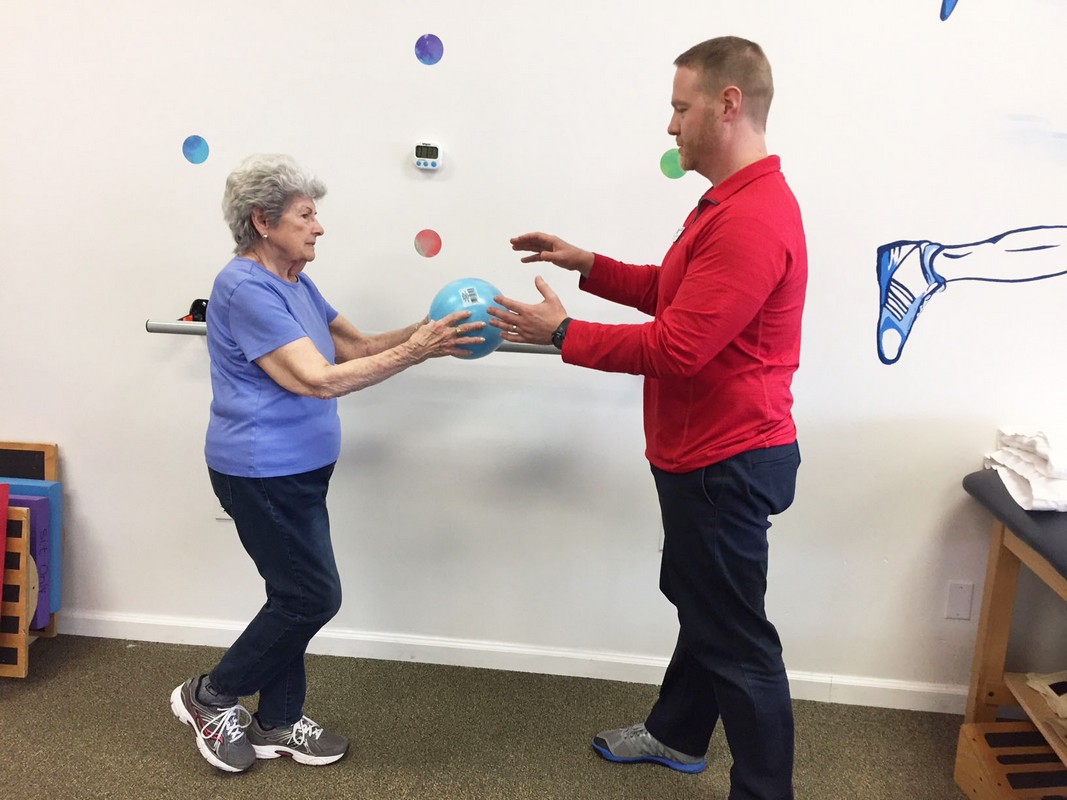I recently had the pleasure of meeting Shirley, a 73-year-old physical therapy patient. When I asked her what brought her to me, she replied “my world is shrinking, and I don’t know what to do about it”. I immediately asked her to elaborate on her statement and tell me more.
‘I realized a few weeks ago that I have not gone out to dinner with friends in months. I haven’t gone to my favorite park for the past two summers. When my kids started discussing 4th of July plans, the thought of walking on grass to watch the parade was really intimidating. I just feel like my world is getting smaller.’
Over the course of our conversation, I found out that Shirley lacked confidence in her balance, especially when it came to more challenging terrain. She felt very unsteady when walking in dimly lit areas, and the thought of spending 1-2 hours sitting in hard chairs at her favorite restaurant made her lower back ache. Shirley was right. Her world was shrinking.
A barrier that came up in my conversation with Shirley was what I’ll refer to as The Chasm. Shirley was on one side of The Chasm staring far across the void at what she was capable of 20 years ago. I’m not sure about you, but most people’s mental age seems to be about 15-20 years younger than their physical age (me included). For Shirley, she could only see the huge gap between where she was and where she wanted to be. Getting from point A on one side, to point B on the other, seemed impossible.
I heard an interview recently in which someone was discussing a psychological experiment from a few years back. To summarize, people were asked ‘With respect to your activity, your outlook on life, and what brings you joy, do you feel you’ve changed in the past 10 years?’ The reply from most was, ‘Definitely. I’ve grown so much as a person compared to who I was 10 years ago.’
When those same people were later asked ‘Do you think you’ll change much in the next 10 years?’, the study’s authors were surprised by the replies. ‘Not really. I’m pretty set in my ways now, and I don’t see myself changing much’. The authors described this as the “End of History Illusion”. I recommend entering that phrase into Wikipedia for some interesting reading.
The common thread I see between Shirley’s story, and the study participants, is that people underestimate how big changes occur a little bit at a time. The negative side of the coin is that trimming away small bits of engagement with your environment can leave a person “suddenly” home bound. I choose to instead look at the positive side of the coin. Making small changes over a long time period can help people cross huge Chasms that they didn’t think were possible.
For Shirley, one small change might be working on her balance for 10-15 minutes each day, so she feels more capable of making it to next year’s 4th of July parade. For someone who wants to run a marathon, it could start with just one mile of running a couple days each week. Transforming yourself into a parade-viewer or a marathon-participant are two very different goals, but the means of reaching them are the same.
With some tenacity and patience, just about anything is possible.







